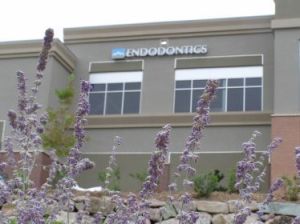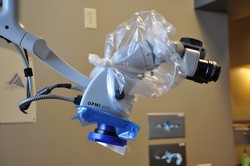
Image: foothillsendo.com
An endodontist with more than a decade of professional experience, Dr. Jamie Ring treats patients at his Westminster, Colorado, practice, Foothills Endodontic Specialists. Dr. Jamie Ring regularly performs root canal treatments and, for individuals who have experienced complications from previous root canals, root canal retreatments.
A root canal may not be the most pleasant procedure, but it may preserve the life of a tooth when the tooth has become infected. However, the general public has some misunderstandings about root canals that sometimes discourage people from having the procedure when it would be beneficial for them. Following are a few common myths about root canal treatment.
While there may be some pain in the tooth after a root canal, the pain probably is not due to the procedure itself. The pain may be caused by the underlying infection in the nerve area and surrounding tissue. Once the infection is adequately addressed, the pain will subside.
On the flip side, some people believe that because a root canal removes the nerve, there is no pain at all associated with the treatment. Depending on the severity of the underlying infection, there will be some pain after the procedure. The dentist will prescribe antibiotics or other medication that will help eradicate the infection and minimize the pain, but there will be some pain and tenderness after a root canal.
Some people also have the misconception that a root canal is a precursor to extraction, so the procedure is pointless since the tooth eventually will need to come out anyway. This is not the case, however, as the root canal is a process to save the tooth, not prepare it for removal. The majority of root canals are successful in this regard.

